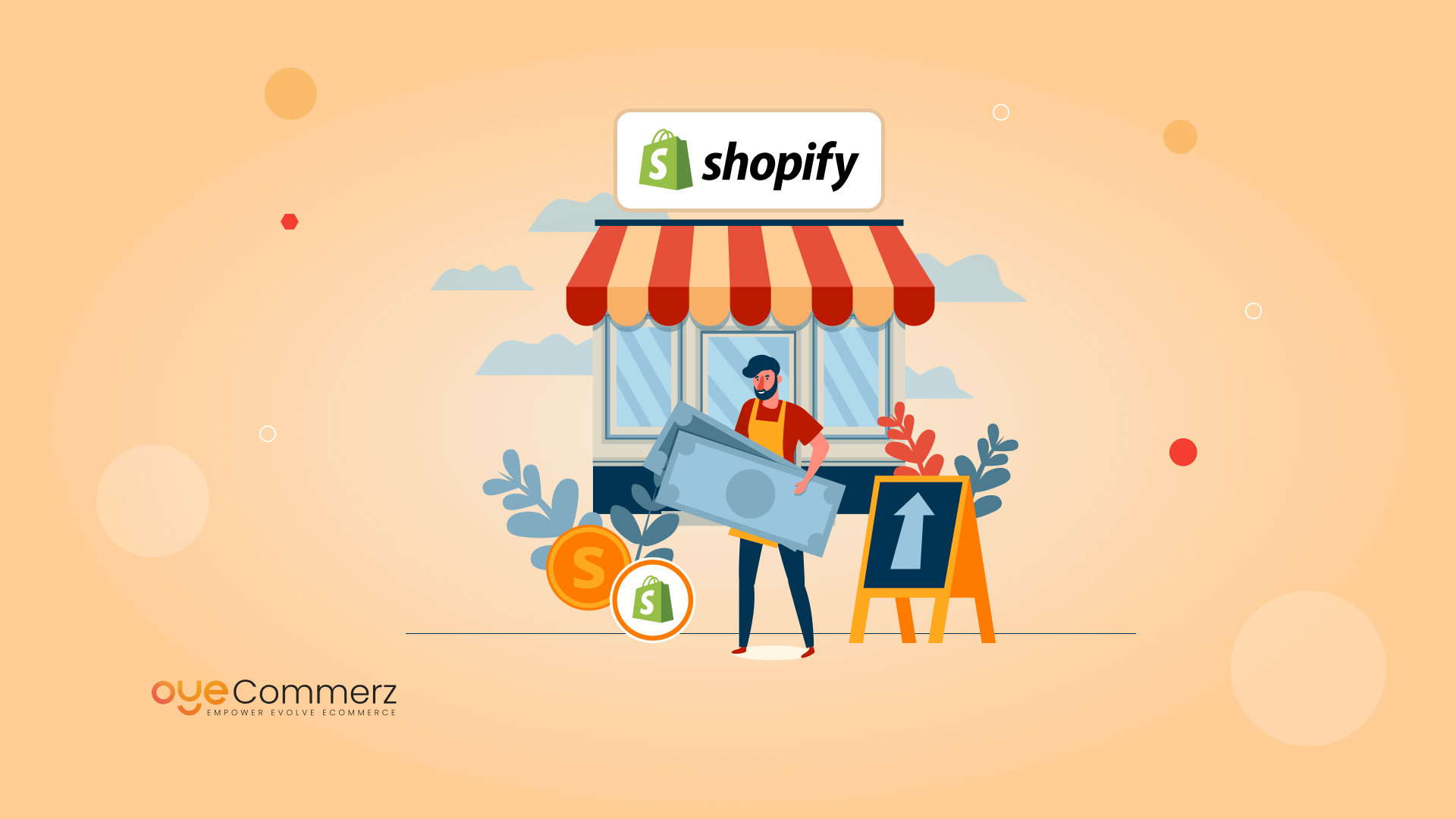Maximize Revenue and Efficiency with Tailored Shopify Apps Built to Scale
Maximize Revenue and Efficiency with Tailored Shopify Apps Built to Scale
Blog Article

Overview
In this intense e-commerce environment, Shopify store owners are constantly seeking methods to boost profits and improve their workflow. An impactful method is through personalized Shopify applications designed to fulfill individual operational goals. Syncing with the Shopify API and utilizing platforms like the Polaris design system, such applications equip companies to expand effectively while boosting customer engagement. In this article, we’ll discuss key aspects of Shopify app-building, from visual design concerns and essential features to best practices for maintaining and scaling apps effectively.
1. Grasping Shopify API Linkage
A solid knowledge of Shopify’s API—including Representational State Transfer and Graph Query Language—is key for creating high-performing Shopify applications. With these interfaces, engineers can retrieve, update, and manage details within a Shopify site. The Graph Query Language interface offers fast data management, enabling speedier replies by fetching only the necessary elements. Connecting the API enables programmers to adapt app capabilities to the business’s specific needs, providing a smooth customer interaction that improves operational effectiveness and sales.
2. Utilizing the Shopify’s Polaris framework
Shopify’s Polaris design system assists programmers to build a unified and intuitive experience across Shopify applications. Polaris offers a range of building blocks and recommended practices that complement Shopify’s visual standards, creating apps look cohesive within the Shopify interface. This strategy not only supports intuitive app navigation but also helps ensure visual identity, an important aspect in creating confidence with users.
3. Developing within the Shopify App Ecosystem
The Shopify app ecosystem is broad, allowing app creators to create integrated Shopify apps that operate inside a store's admin panel. Embedded apps optimize the interface by linking directly within Shopify’s interface, reducing the need for distinct sign-ins or additional navigation. For developers, employing Node.js for backend tasks and React for the UI has grown into a preferred option, as these frameworks allow growth-ready, responsive apps that deliver an high-quality interface.
4. Essential Elements for Shopify Applications
A effective Shopify application requires features that address key pain points in the digital sales process. Real-time alerts for real-time notifications, personalized layout adjustment features, and cross-channel commerce features are critical aspects that can improve store management and user interactions. By implementing these features, Shopify applications go beyond streamline in-house tasks but also improve the end-user satisfaction.
5. Best Practices for Creating Shopify Apps
When developing Shopify applications, it’s important to follow optimal techniques. Support plans such as regular updates, client help, and protection protocols are critical for maintaining consumer confidence. Online visibility strategies for Shopify apps can also be leveraged to enhance app visibility and user base. Customer engagement tactics, like prompt messages and loyalty programs, are important for maintaining a user base and fostering a devoted following.
6. Expanding Shopify Applications for Growth
As Shopify businesses grow, growing app performance becomes vital to manage increased traffic and functionality demands. Adopting cloud-based setups and focusing on information processing through GraphQL can enable applications expand without performance issues. It’s also necessary to have a strategy for growing the app’s framework to manage expansion, which includes a checklist for choosing a development partner with experience in Shopify applications.
7. Evaluating the Cost of Developing Shopify Applications
Building custom Shopify apps can vary significantly in cost depending on the features, connections, and unique adjustments necessary. Key elements like data connections, customer engagement tools, and promotional features can increase expenses. However, Polaris design system the profit potential is often beneficial, as these apps can immediately improve sales and optimize workflow.
8. Support Plans
Keeping apps updated is as important as developing it. Ongoing improvements to resolve errors, improve security, and ensure compatibility with the current Shopify framework are key. Forward-thinking upkeep methods also involve customer support and additional improvements that match changing online shopping trends.
9. Resources for Creating Shopify Apps
Shopify provides multiple options to streamline the app-building journey, from coding environments like Node.js and React to automated notifications for real-time updates. Tools like Shopify’s CLI building custom app features enhance the development workflow, while Shopify App Bridge enables embedded apps to interact seamlessly with Shopify’s control panel. These resources are key for creating apps that are both effective and user-friendly.
10. Emerging Trends in Shopify App Development
The prospects of Shopify application building is exciting, with innovations heading in the direction of artificial intelligence capabilities, enhanced omnichannel capabilities, and improved app extension options. As online shopping continues to evolve, developers will have to keep up with new directions to create applications that not only satisfy but surpass market demands.
Conclusion
Personalized Shopify software offer a strategic way for e-commerce businesses to expand with ease, increase revenue, and enhance workflows. From API integration and the Polaris design system to core elements and maintenance strategies, every component of Shopify app development plays a crucial role in delivering a seamless journey for users. As Shopify moves forward, staying ahead of emerging directions in software building will allow businesses maximize Shopify’s comprehensive offerings, reinforcing their standing in the online shopping landscape.
Report this page